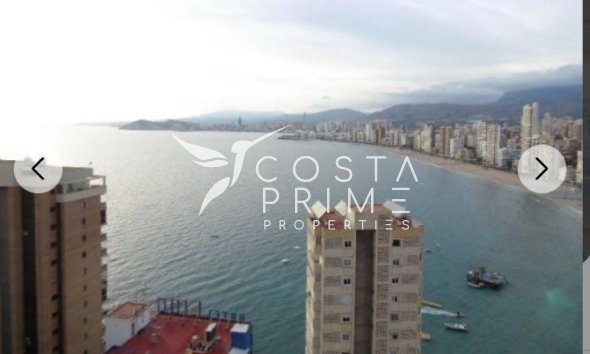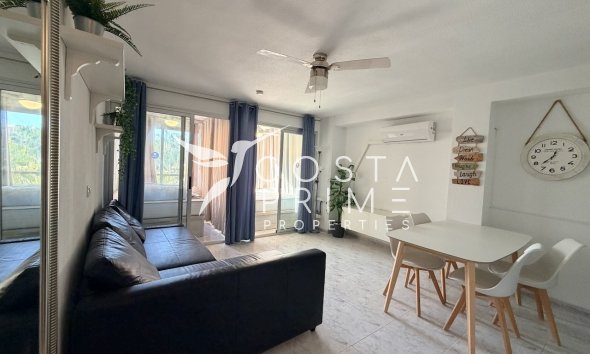The current situation of tourist flats in Spain

Overview
In the last decade, Spain has seen a significant increase in the number of tourist apartments, especially in cities like Barcelona, Madrid, and Valencia, as well as coastal destinations like Costa del Sol and the Balearic Islands. Platforms like Airbnb and Booking.com have facilitated this growth, allowing property owners to rent their homes to tourists with ease.
Benefits and Challenges:
- Benefits: Increased income for owners, diversification of tourist accommodation, revitalization of urban areas.
- Challenges: Increase in rental prices for local residents, gentrification, overcrowding in tourist areas, and unfair competition with the hotel sector.
Recent Statistics:
- In 2023, there were more than 300,000 registered tourist apartments in Spain.
- Cities like Barcelona and Madrid each have more than 20,000 tourist apartments.
- Coastal destinations and islands have a high density of these accommodations, especially during peak seasons.
Government Stance on Tourist Apartments
The Spanish government has adopted a regulatory stance to balance economic benefits with the need to protect residents and maintain urban order.
Key Measures and Regulations:
- Licenses and Registration:
- Specific licenses required to operate tourist apartments.
- Mandatory registration on tourist rental platforms to ensure transparency and control.
- Zone Restrictions:
- Regulation of areas where tourist apartments can or cannot operate, especially in central residential areas.
- Establishing limits on the number of tourist apartments per area to avoid saturation.
- Inspections and Sanctions:
- Increased inspections to ensure compliance with regulations.
- Significant economic penalties for those operating without a license or violating regulations.
Current Proposals to Solve the Problems
Government and Local Authority Proposals:
- Limits on Rental Time:
- Limiting the number of days a property can be rented as a tourist apartment per year (e.g., 90 days in Barcelona).
- Saturation Zones:
- Defining "saturation zones" where the operation of tourist apartments is restricted or completely prohibited.
- Price Controls:
- Implementing rental price controls for residents in areas affected by the proliferation of tourist apartments.
- Offering tax incentives for owners who rent long-term to local residents.
Evaluation of the Proposals:
- Limits on Rental Time:
- Pros: Reduces pressure on the residential rental market.
- Cons: Easily circumvented and may encourage the black market.
- Saturation Zones:
- Pros: Protects local residents and preserves the character of neighborhoods.
- Cons: May displace the problem to less regulated areas.
- Price Controls:
- Pros: Ensures rental affordability for local residents.
- Cons: May discourage investment in long-term rentals.
Economic Impact of Tourism and Tourist Apartments
Tourism is crucial for the Spanish economy, representing approximately 12% of GDP in 2022, with revenues exceeding 150 billion euros and providing direct employment to over 2.5 million people.
Contribution of Tourist Apartments:
- Direct Income:
- Generates significant income for owners, with an increase of 30% to 50% compared to traditional rentals.
- Encourages local consumption, benefiting shops, restaurants, and services.
- Taxes and Fees:
- Contributes to public coffers through local taxes and specific tourism fees.
- Decentralization of Tourism:
- Helps distribute tourist flow beyond traditional hotel areas, benefiting less crowded neighborhoods and regions.
Counterargument: Ineffectiveness of Proposed Measures
Context of Vacant Homes and Rental Market:
- Vacant Homes:
- In 2021, there were more than 3.4 million vacant homes in Spain.
- Lack of Incentives and Guarantees for Owners:
- The lack of tax incentives and guarantees for owners renting long-term is a barrier to increasing the annual rental supply.
- Vacant Commercial Spaces:
- The growing number of vacant commercial spaces represents a missed opportunity to convert these spaces into housing.
Ineffectiveness of Proposed Measures:
- Limits on Rental Time:
- Easily circumvented and do not address the root of the problem.
- Saturation Zones:
- Displace pressure to other areas without solving the underlying problem.
- Price Controls:
- May discourage owners from putting their homes on the rental market, further reducing supply.
Alternative Proposals and Future Perspectives
- Tax Incentives for Long-Term Rentals:
- Tax deductions and guarantees for owners renting long-term.
- Conversion of Vacant Commercial Spaces:
- Facilitating the conversion of vacant commercial spaces into housing.
- Vacant Housing Program:
- Implementing programs that incentivize owners of vacant homes to put them on the rental market.


























